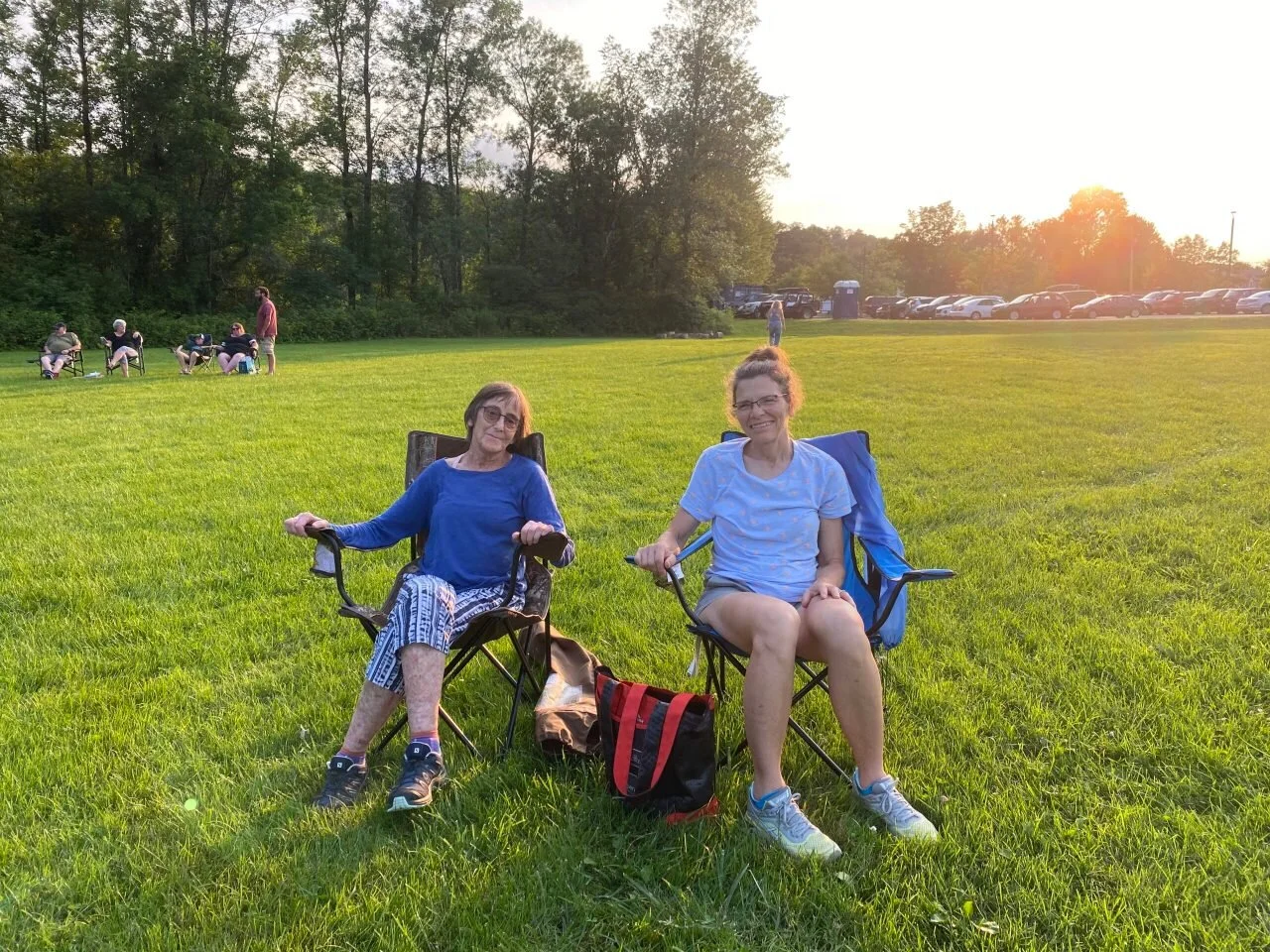Effort to categorize Hinesburg’s natural resources launched
Development is underway of a map that details an “inventory” of Hinesburg’s unique natural resources.
Creating the Natural Resources Inventory (NRI) map is phase one of a two-part effort geared towards protecting Hinesburg’s natural resources through data and site visits. The first part, which involved creating an inventory of Hinesburg’s Natural Resources, took a year and a half. Phase two will involve going out into the field through “boots on the ground work,” which will add to the data collected through phase one.
On Wednesday, June 23, The Hinesburg Conservation Commission held a virtual panel to introduce the town to the project, which will inform conservation efforts, local planning, and development review in the Hinesburg area. The presentation was led by Jesse Mohr, a consultant with Native Geographic.
Mohr began the presentation by highlighting Hinesburg’s unique ecology.
“I think that this, sort of, diversity of land uses: having working farms, having working forests, and having natural areas all in a pretty tight proximity is one of the things that make Hinesburg special,” said Mohr.
The town’s land use variety leads to a plethora of habitats, inviting a wide range of wildlife into Hinesburg, said Mohr.
Among these species are bears, moose, and fisher cats, which require areas of
undisturbed, interior forest. Fragmentation happens when forest environments are disrupted by human development.
In order to preserve habitat, Mohr pointed to the importance of promoting connectivity in Hinesburg. Connectivity refers to the act of physically linking two habitats together to restore ecological flow.
“For Hinesburg to enjoy the benefits of this connected landscape, like having wide ranging species like bear and moose occasionally in town, it means that Hinesburg needs to be intentional about finding these important areas for connectivity and managing them,” said Mohr.
The unique breakdown of shrublands, forests and farmlands within the town makes
Hinesburg a town with rare ecology. Hinesburg is a transitional landscape due to its
placement between the Champlain Valley and Green Mountains.
“We have Valley Clay Plain forests near Red Pine forests,” said Mohr, a rare ecological combination that leads to a diversity of soil and landforms, and also allows for intermingling between species of different habitats.
Mohr emphasized the interconnected nature between preserving grasslands and wildlife in Hinesburg.
“We lose lots of agricultural soils every year to development, particularly in the Champlain Valley,” said Mohr. “The Champlain Valley has an important role in grassland habitat at the continental scale, and those important agricultural soils translate to good wildlife habitats as well,” said Mohr.
His presentation explained that Hinesburg grasslands are under threat, and that birds live in Hinesburg’s grasslands, such as the golden winged warbler.
Elizabeth Doran, a research professor at the University of Vermont and a member of Hinesburg’s Conservation Commission shared the committee’s plans to highlight the negative impacts that developments have on the town's ecology to land owners prior to their developments.
Doran said that this passage of information will “hopefully mitigate the impacts of whatever they are thinking about doing and so we can proactively start to preserve and maintain what we have,” said Doran.
Involving community members in Hinesburg’s conservation efforts is a goal shared by Kate Kelly, the chair of the Conservation Commission in Hinesburg.
Kelly mentioned the committee’s plans to integrate vernal pool surveys into the community two to three years down the line. Vernal pools are small collections of water that supply habitat to plants and animals.
“Those are things that could be easily adapted to include volunteers who can go out an adopt a vernal pool,” said Kelly. “It's a good way to spread the work around.”
Phase two of this project will also most likely rely more heavily on the work of volunteers, who could track roadside wildlife, said Mohr.
The effort would bring community members into the fold and hopefully lead to more conservation efforts in Hinesburg, said Mohr. The pandemic has impacted community involvement in phase one, but phase two will hopefully involve more people.
“There is a lot of great work to stand on in Hinesburg, but there is still a lot of things that we don’t know about the town and its natural resources,” said Mohr.
“The take home message is that we are in the middle of this natural resource inventory,” said Mohr. “And we have done a substantial amount of work but we haven't really started with much of the boots on the ground work, and we still have a lot more to learn about the town.”
To view published article in the Hinesburg Record, click here.






